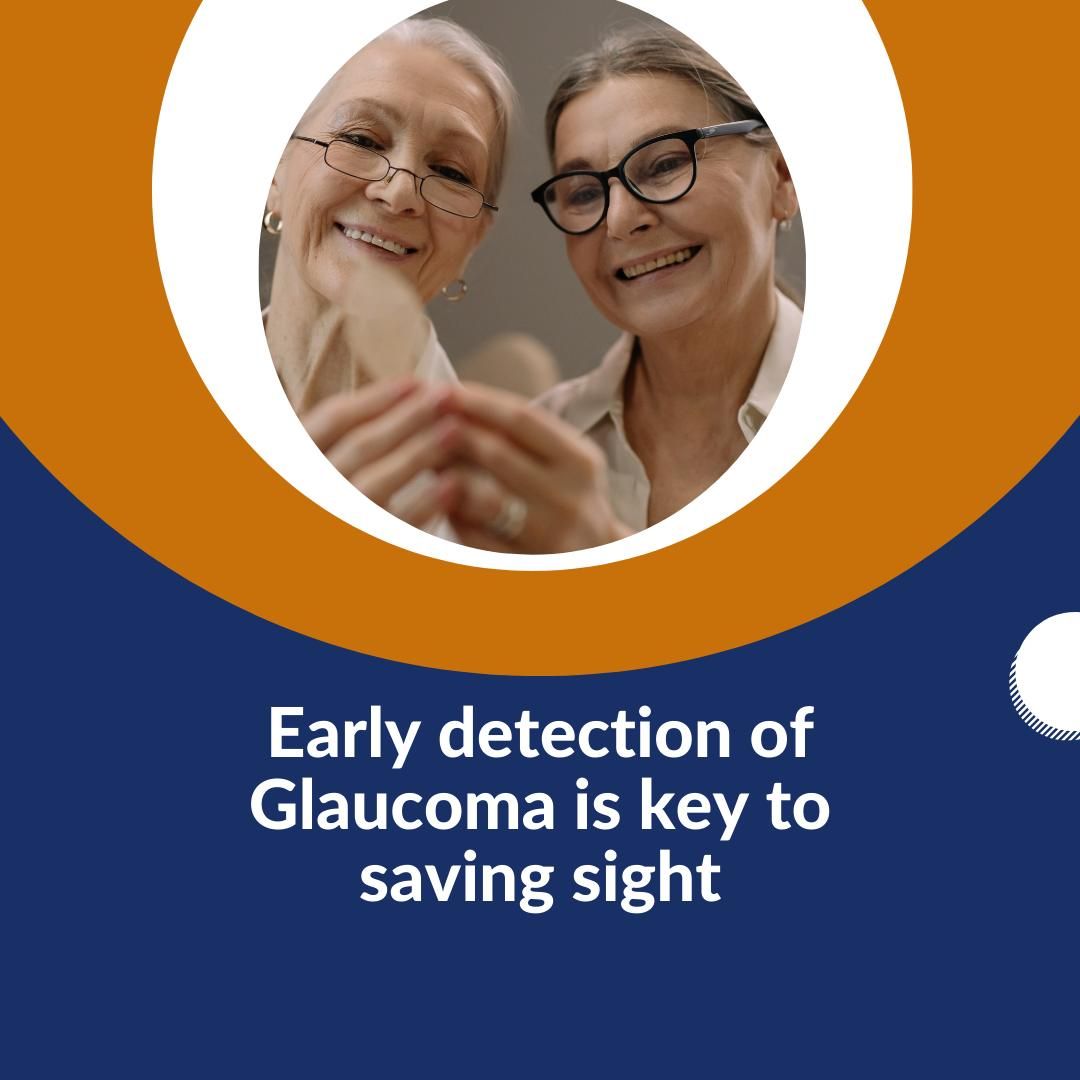Glaucoma
Understanding the Condition
Glaucoma, often dubbed the silent thief of sight, lurks without symptoms until it has advanced significantly. By the time symptoms manifest, substantial vision loss of up to 40% may have already transpired. Hence, regular advanced glaucoma eye examinations are imperative, capable of detecting the condition up to eight years earlier than standard tests, potentially thwarting unnecessary vision loss.
Global Impact and Risk Factors
Glaucoma, notably Primary Open Angle Glaucoma (POAG), stands as a prominent cause of blindness worldwide. Contrary to popular belief, a family history is not a prerequisite for developing glaucoma, though it heightens the risk. Its prevalence surges with age, affecting approximately 2% of the populace, with estimates suggesting that by age 80, one in ten individuals may have the condition, a significant proportion of whom remain undiagnosed.
Root Causes and Vulnerable Groups
Glaucoma's root lies in the continuous circulation of aqueous fluid within the eye, exerting pressure on the optic nerve and delicate nerve layers on the retina. If pressure becomes excessive or nerves weaken, gradual compression and damage to nerve fibers occur, resulting in vision loss and potential blindness. While glaucoma can affect anyone, certain groups face heightened susceptibility, including individuals with short-sightedness, poor circulation, diabetes, high blood pressure, migraines, or of African-Caribbean origin.
The Importance of Early Diagnosis
Early diagnosis is paramount as glaucoma-induced nerve damage is irreversible. Traditional testing methods may fail to detect glaucoma until significant nerve fiber loss has ensued. However, technological advancements, such as Heidelberg OCT GMPE scanning, enable earlier detection of glaucoma-related changes, up to eight years sooner than standard tests.

Comprehensive Monitoring and Treatment Options
For at-risk or diagnosed individuals, a battery of tests, including visual field assessments, pressure measurements, corneal thickness evaluations, optic disc analyses, and GMPE scans, should be conducted regularly to monitor the condition effectively. Treatment primarily involves eye drops to lower intraocular pressure, though alternative options like laser procedures and surgeries are available.
Lifestyle Factors and Preventive Measures
Regular exercise, a diet rich in leafy greens, smoking cessation, and elevated head positioning during sleep are recommended preventive measures. These practices, combined with comprehensive monitoring and proactive management, play pivotal roles in combating glaucoma and preserving vision.
In essence, early detection, comprehensive monitoring, and proactive management are pivotal in combating glaucoma and safeguarding vision. Regular eye examinations, equipped with advanced diagnostic technologies, are indispensable for detecting glaucoma in its earliest stages, facilitating timely intervention, and preventing irreversible vision loss.
